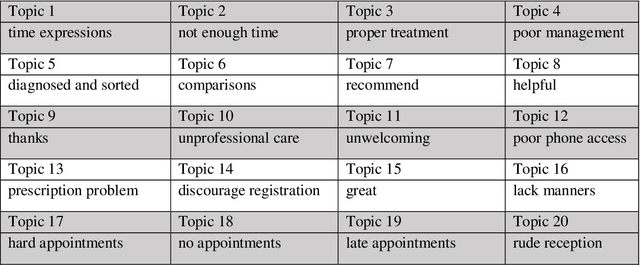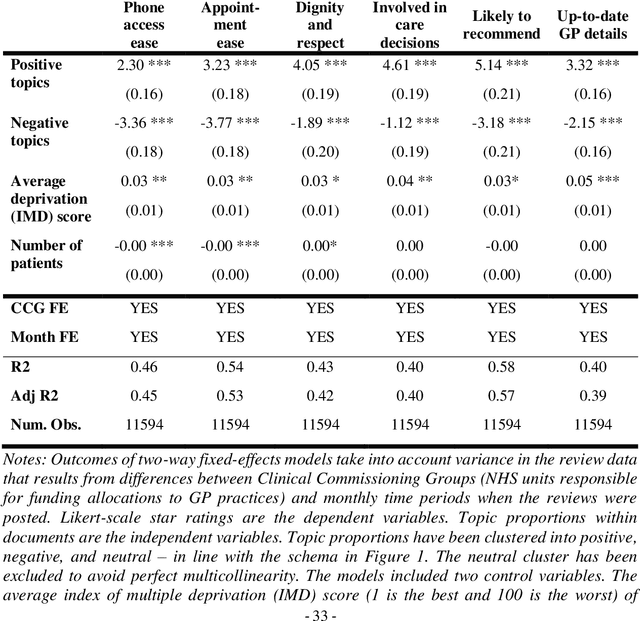Marc Esteve
Artificial Intelligence for the Public Sector: Opportunities and challenges of cross-sector collaboration
Sep 12, 2018
Abstract:Public sector organisations are increasingly interested in using data science and artificial intelligence capabilities to deliver policy and generate efficiencies in high uncertainty environments. The long-term success of data science and AI in the public sector relies on effectively embedding it into delivery solutions for policy implementation. However, governments cannot do this integration of AI into public service delivery on their own. The UK Government Industrial Strategy is clear that delivering on the AI grand challenge requires collaboration between universities and public and private sectors. This cross-sectoral collaborative approach is the norm in applied AI centres of excellence around the world. Despite their popularity, cross-sector collaborations entail serious management challenges that hinder their success. In this article we discuss the opportunities and challenges from AI for public sector. Finally, we propose a series of strategies to successfully manage these cross-sectoral collaborations.
Application of Natural Language Processing to Determine User Satisfaction in Public Services
Nov 21, 2017

Abstract:Research on customer satisfaction has increased substantially in recent years. However, the relative importance and relationships between different determinants of satisfaction remains uncertain. Moreover, quantitative studies to date tend to test for significance of pre-determined factors thought to have an influence with no scalable means to identify other causes of user satisfaction. The gaps in knowledge make it difficult to use available knowledge on user preference for public service improvement. Meanwhile, digital technology development has enabled new methods to collect user feedback, for example through online forums where users can comment freely on their experience. New tools are needed to analyze large volumes of such feedback. Use of topic models is proposed as a feasible solution to aggregate open-ended user opinions that can be easily deployed in the public sector. Generated insights can contribute to a more inclusive decision-making process in public service provision. This novel methodological approach is applied to a case of service reviews of publicly-funded primary care practices in England. Findings from the analysis of 145,000 reviews covering almost 7,700 primary care centers indicate that the quality of interactions with staff and bureaucratic exigencies are the key issues driving user satisfaction across England.
 Add to Chrome
Add to Chrome Add to Firefox
Add to Firefox Add to Edge
Add to Edge